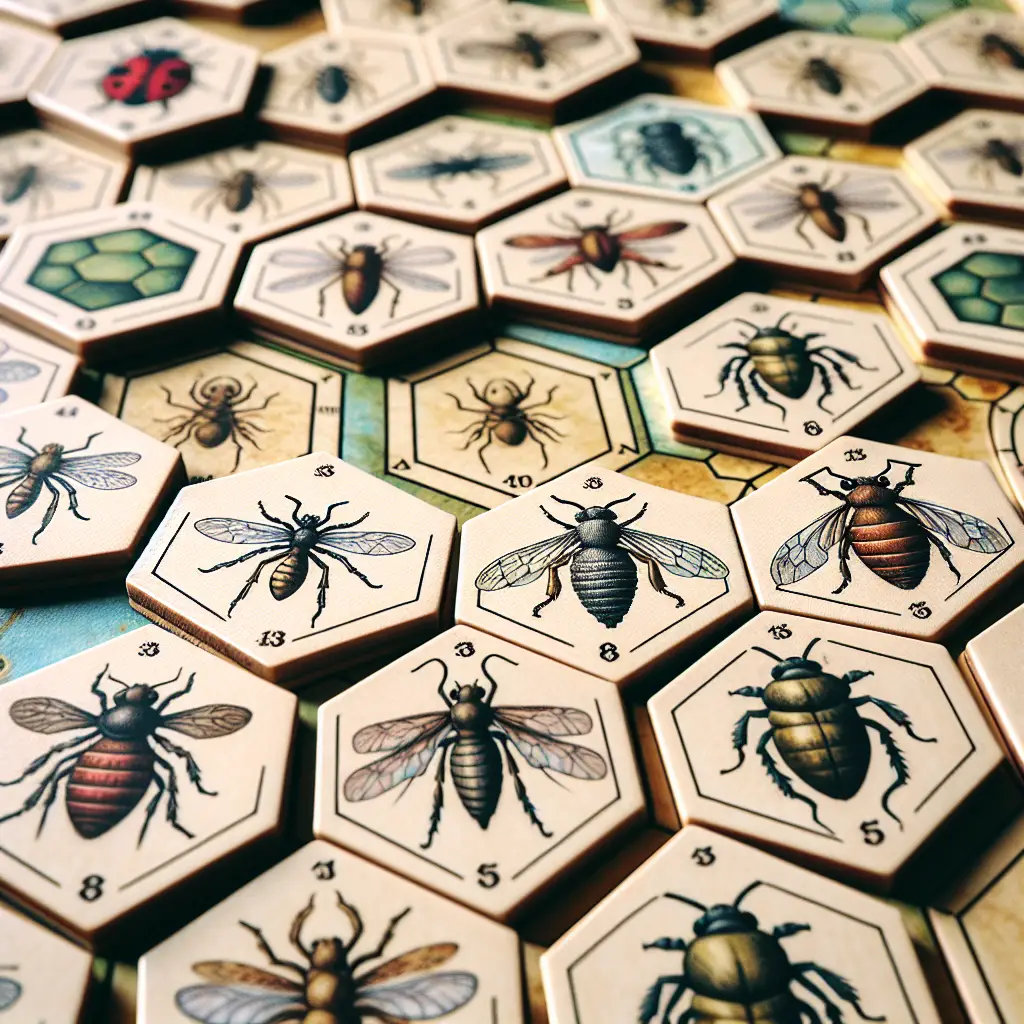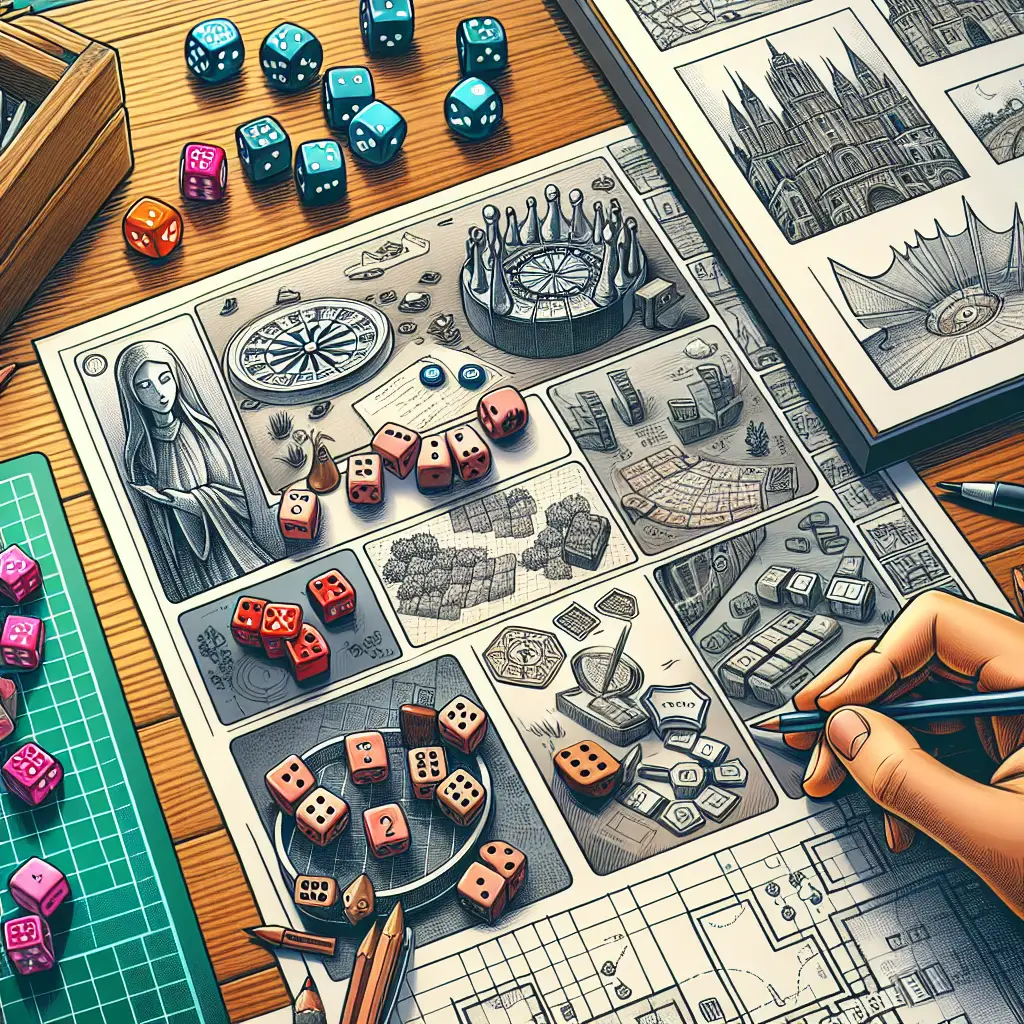Embracing Sustainability: Green Toy Production Practices
As consumers become increasingly environmentally conscious, the demand for sustainable products has soared. This is especially true in the toy industry, where green toy production practices are not just a trend, but a commitment to the future of our planet. In this post, we’ll explore the innovative ways manufacturers are making toys that are both fun and eco-friendly.
What Are Green Toy Production Practices?
Green toy production practices refer to the methods and materials used to create toys with minimal environmental impact. This includes using renewable resources, non-toxic materials, and energy-efficient manufacturing processes. By adopting these practices, toy producers can significantly reduce their carbon footprint and contribute to a healthier environment.
Materials Matter
One of the key aspects of green toy production is the selection of materials. Sustainable toys are often made from organic, recycled, or biodegradable materials. For example, wood from sustainably managed forests, recycled plastics, and natural rubber are popular choices that do not deplete non-renewable resources.
Moreover, the use of non-toxic paints and dyes is crucial. These safe alternatives protect not only the environment but also the health of the children who play with these toys.
Energy-Efficient Manufacturing
Another pillar of green toy production is energy efficiency. Manufacturers are increasingly turning to renewable energy sources, such as solar or wind power, to operate their factories. This shift not only reduces greenhouse gas emissions but also sets a positive example for other industries to follow.
Waste Reduction and Recycling
Reducing waste is a significant challenge in the toy industry. Green toy producers are tackling this issue by designing toys that are durable and easy to recycle. Additionally, many companies have implemented take-back programs, encouraging consumers to return used toys for recycling or repurposing, thus closing the loop on the product lifecycle.
Why It Matters
The benefits of green toy production practices extend beyond environmental preservation. They also offer a competitive advantage in the marketplace, as more parents are looking for sustainable options for their children. Furthermore, these practices can lead to cost savings in the long run, as resources are used more efficiently and waste is minimized.
For more insights into sustainable practices, check out our Blog or if you have any questions, feel free to Contact Us.
While our company specializes in manufacturing board games for third parties, we understand the importance of sustainability in all aspects of production. To learn more about our commitment to green practices, visit www.weareags.com.






